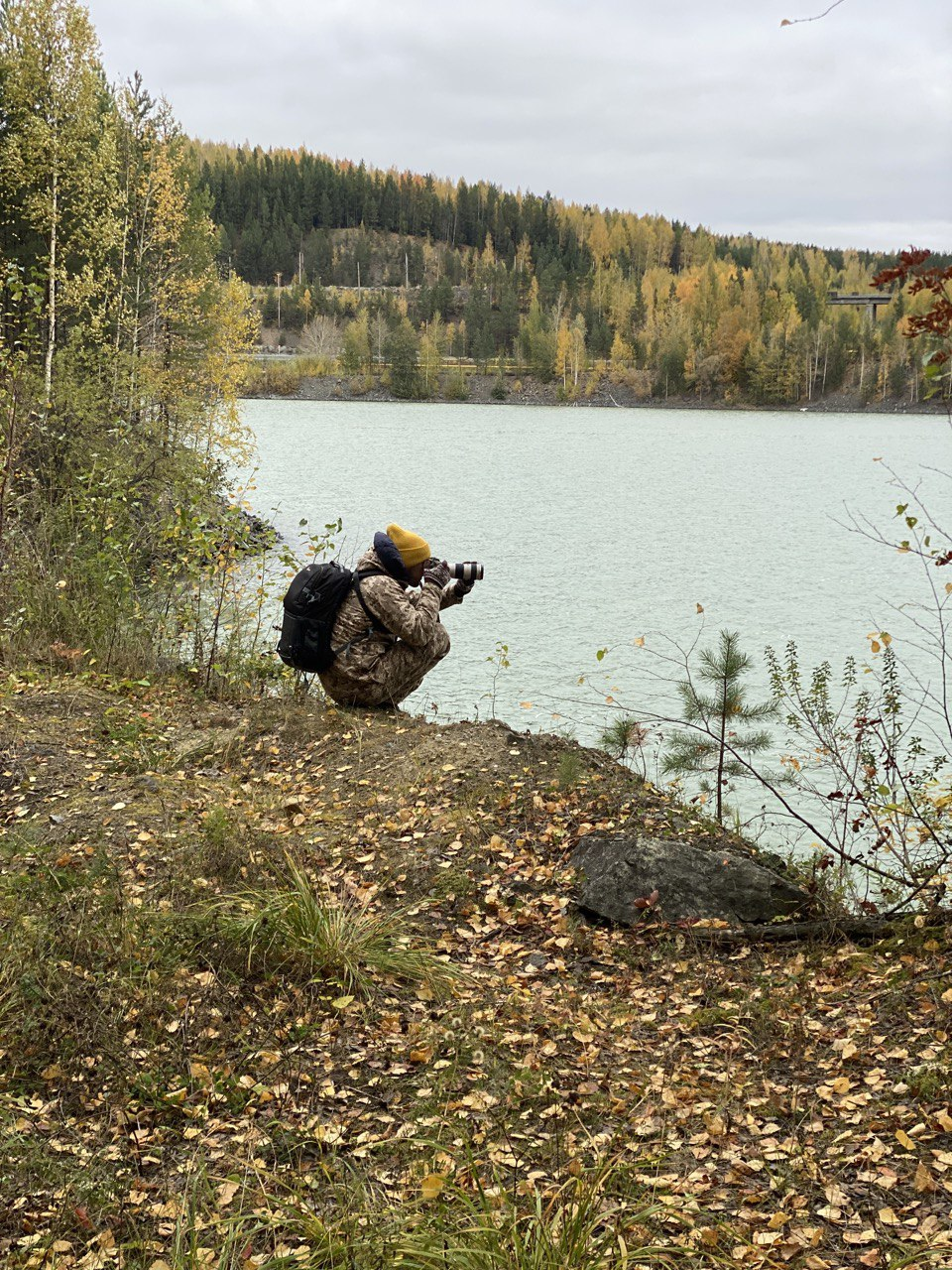
Photo by D.I. Korobushkin.
As a result of a comprehensive assessment of biological diversity in the vicinity of the EVRAZ Kachkanarsky mining and processing plant, a high species richness of both flora and fauna in the study area was recorded.
The conservation and restoration of biological diversity in areas where mining enterprises are present is one of the priority environmental tasks in Russia. In 2022-2023, specialists from the IEE RAS, at the invitation of EVRAZ KGOK JSC, assessed the state of terrestrial and aquatic ecosystems in the vicinity of the mining and processing plant in order to assess its impact on biodiversity. For a comprehensive assessment, the work was carried out over all four seasons starting with autumn. Unique material was collected on the floristic and faunal diversity of the territory, a retrospective and forecast assessment of the state of ecosystems was carried out in accordance with the original methodology developed at the Institute of Ecology and Evolution of the Russian Academy of Sciences, and a set of metrics was proposed to quantify the degree of impact on biodiversity from the activities of EVRAZ KGOK. Based on the results of the work, recommendations were drawn up for carrying out measures to restore disturbed ecosystems in areas occupied by the plant’s production site.
As a result of the research and analysis of stock materials, 271 species of vascular plants, 27 species of mammals, 70 species of birds, 6 species of amphibians and reptiles, 55 species of zooplankton organisms and 34 species of the model group of soil fauna - oribatid mites - were identified. Based on the results of a retrospective and forecast assessment, as well as based on the results of calculating other metrics and indices, the state of the majority of ecosystems in the vicinity of EVRAZ KGOK demonstrates the virtual absence of influence of the plant’s activities on the ecosystems adjacent to its territory.
“The biggest challenge in conducting the assessment was separating the impact of EVRAZ KGOK from other sources: the city, other enterprises, as well as past environmental damage associated with active gold mining in the 20th century. After analyzing the modeling results, we were able to identify the real contribution of the enterprise to the total anthropogenic load on natural territorial complexes in the research area and formulate proposals for reducing such impact on nature,” said Andrey Zaitsev, head of the Technology Transfer Center of the Institute of Ecology and Evolution of the Russian Academy of Sciences, who leads the research group in Kachkanar. .
The following are proposed as priority areas for the implementation of specific measures to preserve, restore and compensate for losses in biological diversity of EVRAZ KGOK: “smart” reclamation of dumps, based on the principles of integrated ecological restoration of vegetation and soil biodiversity, organization of forest areas, which can serve as natural dust collectors, as well as scientifically based compensation measures for stocking water bodies of the Sverdlovsk region with fish.
“Joint work with specialists from the Institute of Ecology and Evolution of the Russian Academy of Sciences will allow EVRAZ enterprises to more effectively implement the company’s environmental strategy and apply the most advanced knowledge of Russian scientists when planning and implementing measures to preserve and enhance biological diversity,” noted Kirill Necheukhin, head of the EVRAZ environmental management department.

